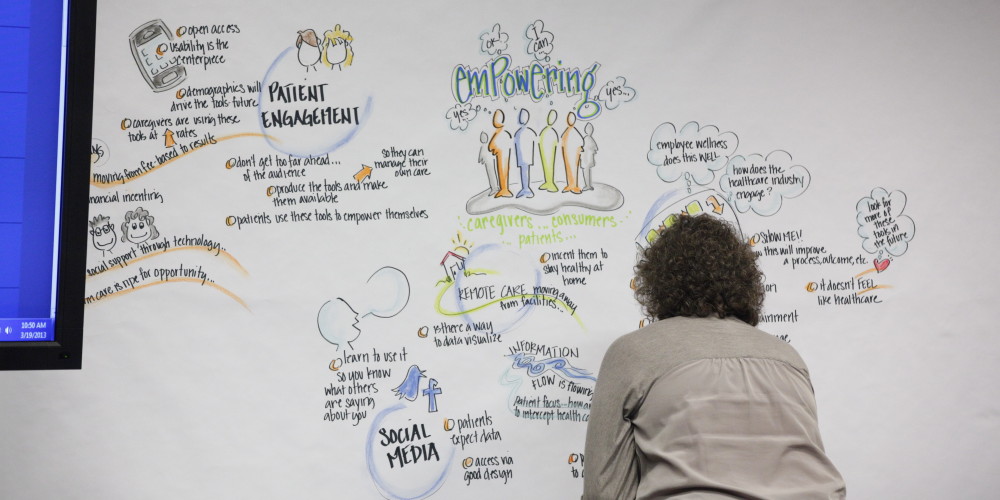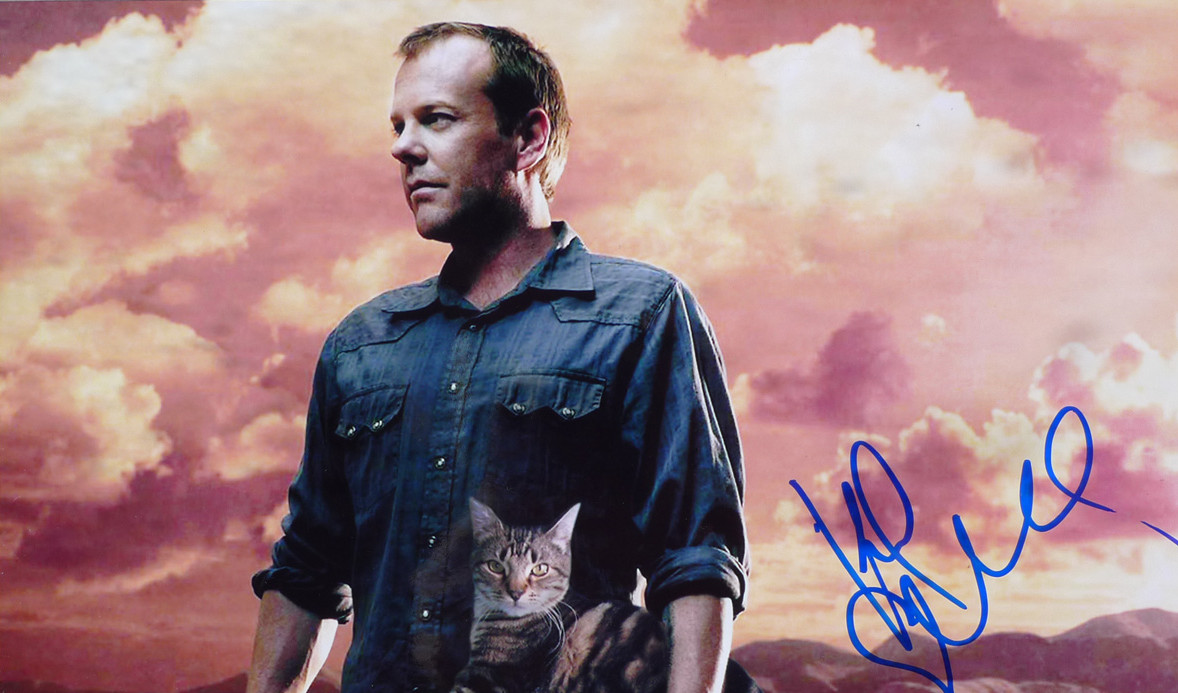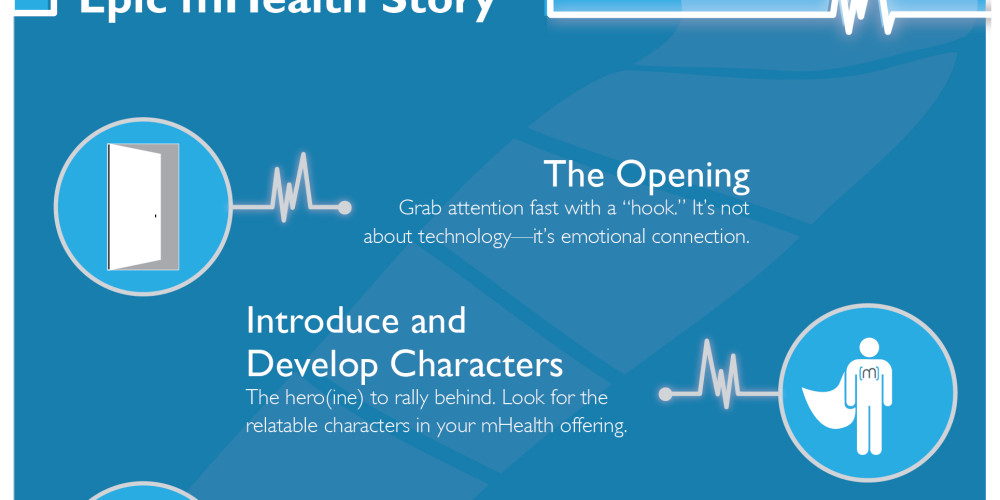What’s your Story?
What’s your Story Strategy?
Imagine you’re across the table from a Venture Capital firm…
And the first three questions they fire at you are these.
Can you answer them?
No Story. No Strategy?
Chances are if your mHealth firm lacks a sound Story, a clear business Strategy is also missing.
“Companies that don’t have a clearly articulated story don’t have a clear and well thought-out strategy,” says Ben Horowitz. author of the best-selling The Hard Thing About Hard Things. The company story is the company strategy .”
So how do you uncover your Story?
Here at Modallic, we’ve been preaching the power of Story as your branding and positioning strategy.
I’ve told you about the importance of WHY. As Simon Sinek explains, it ALL Starts with WHY.
Can you Answer WHY?
In the Forbes article Horowitz explains the WHY questions to ask… and answer.
“Why are we doing this?
Why does the problem need to be solved?
Why should you join this company?
Why should you invest in this company?
Why should you buy a product from this company?
“The answer to “why” is the company’s story.”
Horowitz explains that a business leader’s fundamental task is the ability to articulate a clear, compelling vision… and tell the Story around the WHY.
It’s the CEO’s responsibility to nail down the company’s Story.
It’s the most important thing an mHealth firm founder must do.
So where do you start?
mHealth Story Strategy Is Connection
To serve your clients, you must answer three questions:
What challenges are you facing now?
What trouble is that causing you?
What do you think needs to get done to solve this problem?
The answers to these questions must be the context of a Story to connect with the potential client.
Content has been labeled as King.
Well…
CONTEXT Is Queen.
And CONTEXT Rules.
Crafting Your mHealth Story
In addition to answering the WHY questions, these four steps help you uncover and tell a client-building Story.
1. Experience Inventory- Take an inventory of the firm’s Story telling assets.
- Testimonials
- Qualifications
- Personality
- Track Record
- Case History
- 3rd Party Proof
- Process, Graphics, Sidebars
- Media Appearances
- Celebrity Endorsements
- Cool Stuff- Office, Trips, Events
- Features of Where You’re Located
- Relevant Family Experience
- Sports/Hobbies
- Trial and Tribulations
- Privacy to Secrets
- Previous Jobs/Companies Founded
Go through all these items, both at a Company level and the key employee’s experiences. Get everything down in writing. Think of it as an Experience brainstorm.
2. Your Industry Niche- Clearly define who is the target market you want as clients. Is it physician groups? Regional hospitals? Insurance companies? End patients with a specific health issue?
3. Link 1 and 2 above. What are the Experiences that are relevant to your niche? Dig for the things that aren’t immediately obvious.
For instance, perhaps your career as a major league baseball player was crushed when you torn up your knee. Your knee required three surgeries and extensive rehab and physical therapy. This provided you with the insights of how orthopedic surgeons and physical therapists work together.
This experience gave you the insights to develop IT products and service to help orthopedic surgeons and PT’s communicate better about patient care.
4. Weave a Credible Short Story- The goal is to keep refining the core of your Story into a short, hard-hitting Elevator Pitch you can use and adapt in a variety of sales and marketing situations.
Your Elevator Pitch captures the essence of your WHY and connects to the three questions you must answer to help your potential clients. It’s positions your character and personality. It proves you are qualified to help solve the prospect’s problem.
All your Marketing Assets revolve around this core Story.
Consider your blog posts, Social Media content, podcasts, white papers, webinars as the props you use to tell your Story.
Like all investments, some will have better rates of return than others. Think of your Marketing Assets, your Content, as a Story Portfolio. Over time, you build a Portfolio of Marketing Assets that delivers an increasingly predictable stream of income.
Yes, Story is a simple concept. But for many business leaders, it’s a foreign concept.
Get help and direction in telling your Story.
(NOTE: This post was updated on July 13, 2014)









3 thoughts on “mHealth Story Strategy: Does It Connect to Your WHY?”